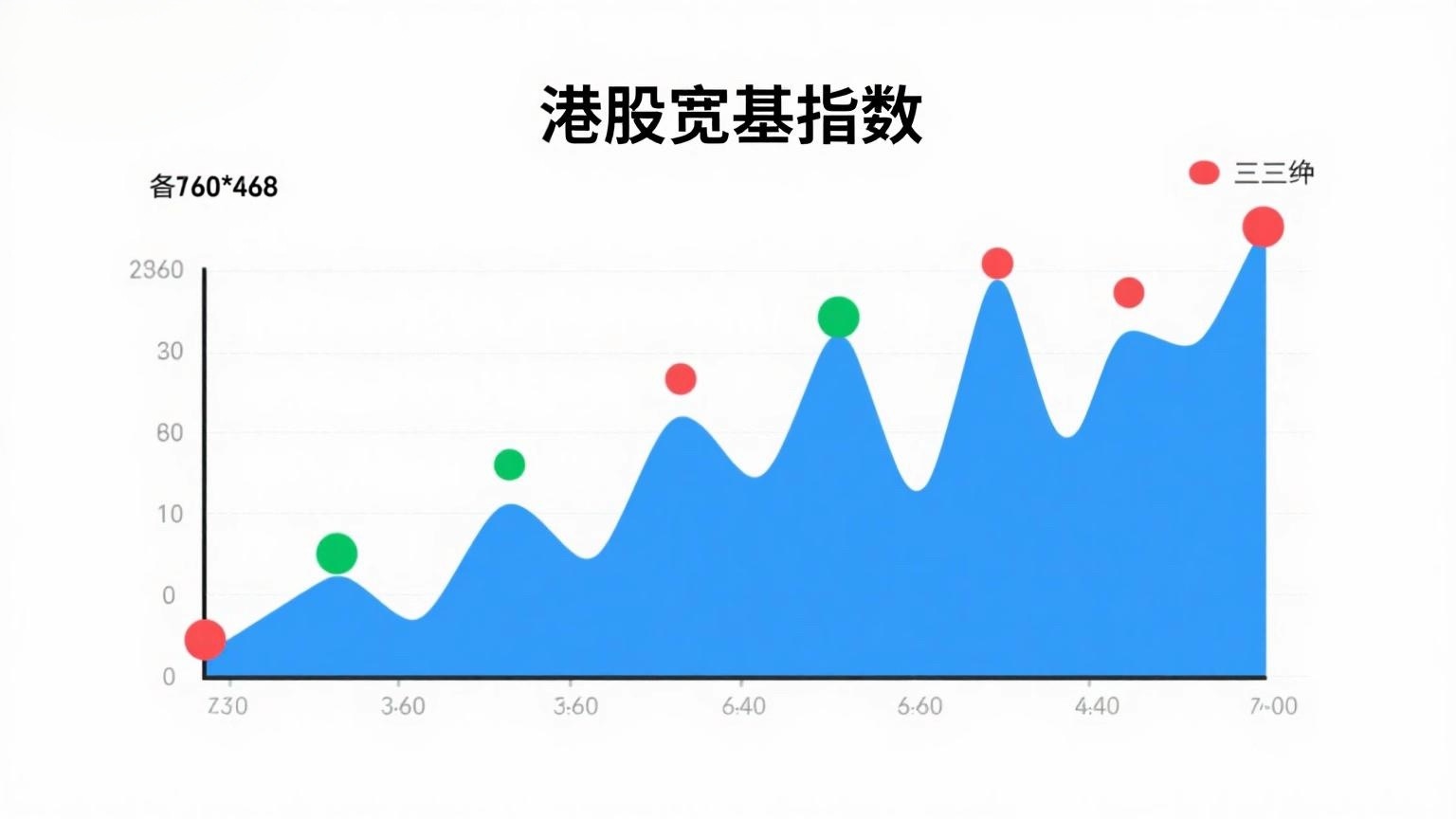
Ranking these three broad-based indices by average market capitalization from largest to smallest, the order is as follows: Hang Seng China Enterprises Index, Hang Seng Index, and CSI HKSE China 100 Index.
The Hang Seng China Enterprises Index and the Hang Seng Index are both representative indices of large-cap stocks in the Hong Kong market. Specifically, the average market capitalization of the constituents of the Hang Seng China Enterprises Index exceeds HKD 550 billion, while that of the Hang Seng Index exceeds HKD 360 billion, with the two indices being relatively similar in terms of market cap distribution structure.
In contrast, the average market capitalization of the constituents of the CSI HKSE China 100 Index is less than HKD 300 billion, with fewer large-cap constituents compared to the first two indices and more small-cap constituents. For example, the weight of constituents with a market cap above HKD 1 trillion is less than 40%, while the weight of constituents below HKD 100 billion is nearly 20%, more than double that of the Hang Seng Index and the Hang Seng China Enterprises Index.
Top Two Weighted Sectors: Information Technology + Financials
Currently, all three indices fully cover all Hang Seng primary sectors, with financials, information technology, and consumer discretionary being the top three weighted sectors, though their specific weights differ.
The financial sector is the top-weighted sector in the Hang Seng Index, accounting for over 30%. For the Hang Seng China Enterprises Index and the CSI HKSE China 100 Index, the top-weighted sector is information technology, with weights of 38% and 27%, respectively. The weight of the consumer discretionary sector is roughly similar across all three indices.
Beyond the top three sectors, the Hang Seng China Enterprises Index and the CSI HKSE China 100 Index have higher weights in the energy and telecommunications sectors, while the Hang Seng Index has higher weights in property & construction and utilities.
Historical Sector Distribution: Rising Share of New Economy Sectors
Looking further back, the evolution of the sector structure of these three broad-based indices reflects, to some extent, the structural changes in economic development.
Taking the Hang Seng Index as an example, the weight of "new economy" sectors like technology and consumer discretionary has increased in recent years, while the weight of sectors like financials and real estate has gradually declined.
For instance, the information technology sector rose from about 10% in 2016 to nearly 30% today, while consumer discretionary increased from 3% to 10%. The financial sector accounted for over 40% before 2020 but has since declined to around 30%, and the property & construction sector has dropped from over 10% to less than 5%.
Similar trends are observed in the Hang Seng China Enterprises Index and the CSI HKSE China 100 Index. For example, the Hang Seng China Enterprises Index added the information technology sector in 2018, and its weight has since risen to nearly 40%, while the financial sector's weight, once as high as 70%, has fallen sharply to around 25%. The information technology sector's weight in the CSI HKSE China 100 Index increased from about 11% in 2017 to 27% today, while the financial sector's weight declined by over 10 percentage points.
















